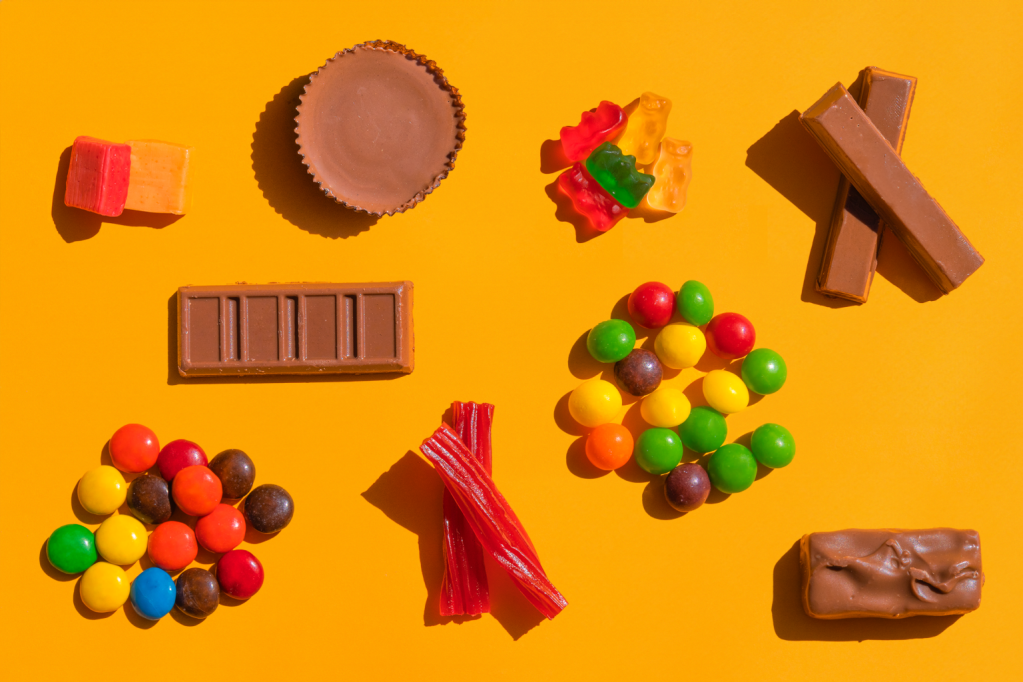Guide to Baby Food Stages
Carefully choosing which baby foods are best for your little one is only half the battle when it comes to baby food. You also have to decide when to introduce solids, and choose between brands, ingredients, and consistency.
On top of this, it’s important to know when to order new baby food. When is your little one ready to move on to a new baby food or stage, and how will you know? How do you know when your baby foods have expired or when it’s time to order new ones? These are questions we’ve all asked as parents, and we know they can get a little overwhelming.
But don’t worry, we’ve got answers! Let’s talk about how to know when you should order new baby food!

Why Do They Need to Follow Stages?
Your baby doesn’t need to follow the stages exactly. Some babies move faster than others, and timelines are unique to each baby. But the stages provide a great general guideline for your baby’s nutrition needs and which baby foods to buy and when.
1. It’s Easier on Their Tummies
Until starting solids, your baby has only had breastmilk or formula. These liquids are very gentle on their tummies. When you start solids, it’s important to go slow. Take your time introducing different textures, consistencies, and ingredients so your baby’s belly can slowly acclimate to solid foods.
2. It Provides the Nutrients They Need at Each Developmental Milestone
Babies need different nutrients at different ages. For instance, they need iron at 6 months, protein at 7 months, and magnesium at 8 months to promote their sleep cycles. From 9 to 10 months, your baby relies more on copper, magnesium, manganese, and calcium. An 11-month-old needs choline to promote brain function, and at 12 months, they need more calcium to promote strength and movement.
3. It’s an Important Step of Baby-Led Weaning
If you are using the baby-led weaning method, then following stages is an important part of this process. You don’t have to follow the stages exactly. By simply listening to your baby and paying attention to their hunger cues, you can know when they’re ready to move on to a different one.
4. It Develops Their Palate
As your baby progresses through the stages, they are gradually introduced to different textures and more complex flavors. Once they turn 9-months-old, they can be introduced to seeds and grains.

How To Know When Your Baby is Ready for a New Stage
There is no one-size-fits-all plan when it comes to introducing new stages. The best way to know if your baby is ready is simply to listen. Your instincts and your baby’s hunger cues will tell you exactly what you need to know about their food. Below are some common signs that your baby is ready to move to a new stage.
1. They’re Interested in Your Food
A great way to know if your baby is ready for a new food is how they act when you eat! If your little one reaches for your snacks, pays attention to what you’re munching on, or shows hunger cues when you’re eating, they may be ready to move on to a more solid food or some added ingredients and textures.
2. They Still Act Hungry After Finishing Their Food
If after a feeding they’re still showing signs of hunger and acting like they’re not full, they may be ready to move on to another stage, new flavors, or other nutrient-dense meals.
3. They Enjoy Their Food!
If they don’t like it, it might be time to put it in reverse. If you introduce a new food and your baby is pushing away the spoon, rejecting it, or showing distaste, it’s okay to go back a stage. If they are loving it, move on ahead. But remember, if can take between 12-15 tries for a baby to accept a new taste.

Myth-Busters
One of the challenges of parenting is getting advice from ten different directions. Your mother-in-law swears by this method of feeding, while your best friend told you the opposite. So, let’s bust some myths commonly associated with ordering new baby foods and when you should do it.
MYTH: You need to wait until your baby is over a year old to introduce allergens
You may have heard from your friends or in-laws that introducing common allergens to your baby can harm them, and that waiting until a year is the best way to keep them safe. Some even wait until two or three years old to introduce allergens in fear that they’ll cause reactions. However, research shows that introducing allergens to your baby as soon as 4 to 6 months old may actually prevent allergies in later life and eliminate sensitivities. There is no evidence that giving your baby common allergens causes allergies.
MYTH: You shouldn’t introduce new flavors too quickly
There are many parents who’ve been told not to introduce too many flavors at once. However, research shows that introducing flavors and textures is vital to forming your baby’s eating habits for the rest of their lives. The first 1,000 days of your baby’s life are when nutrition matters the most. From conception to the 2-year mark, what you feed your baby shapes their eating habits and sets the stage for a life of nutrition, or a battle with food. Children are most receptive to new flavors at 6 to 12 months of age. By exposing them to as many flavors, textures, and colors as you can, you help develop their taste preferences.
MYTH: You Should Introduce Veggies Before Fruit
Tradition holds that introducing vegetables before fruits will eliminate your baby’s sugar cravings. However, we’re all born with somewhat of a sweet tooth. The problem is when babies eat added sugars and artificial sweeteners. While you don’t need to stay away from fruits or nutritious dessert purees, it is a good idea to stay away from juice and sweeteners.
Both fruits and vegetables are essential for your baby’s diet and provide nutrients, antioxidants, and minerals needed for growth and development.

As you’re caring for your little one and learning which foods to feed them and when, remember to cut yourself some slack. There is no one-size-fits-all guide to tell you exactly what to feed your baby and when you should order new baby foods. Your instincts and your baby’s cues will tell you more than enough, and if all else fails, we’re here for you too! From your baby’s first solid foods to what bite-sized snacks to give them, we’ve got you covered. And we’ll make sure each bite is packed with exactly what they need to thrive.
To learn more about what foods to give your baby and when, check out our best-selling Milestone Plan tailored specifically for your baby!
Sources
- https://www.cdc.gov/nutrition/infantandtoddlernutrition/vitamins-minerals/index.html
- https://www.ncbi.nlm.nih.gov/pmc/articles/PMC4046529/
- https://www.healthychildren.org/English/healthy-living/nutrition/Pages/Choosing-Healthy-Snacks-for-Children.aspx
- https://my.clevelandclinic.org/health/articles/15274-the-benefits-of-breastfeeding-for-baby–for-mom









